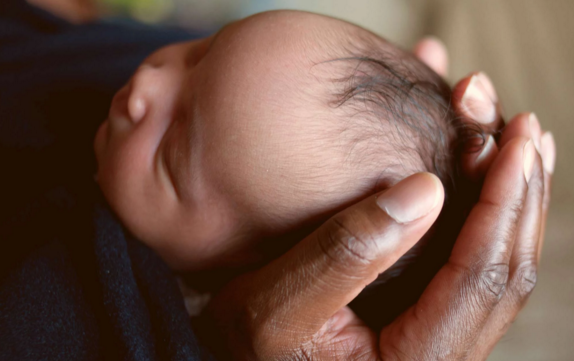Children born out of wedlock have equal right to education

A Ministry of Education official (name withheld) was recently shocked that women in western Kenya did not go into marriages with children born out of wedlock. He learned this when he led a Joint Support mission to Kakamega South and Butere sub-counties to assess the status of the implementation of the Secondary Education Quality Improvement Project.
The sub-counties are among 110 in 30 counties, whose transition and completion rates of learners from primary to secondary levels were below national standards.
The programme, funded by government and the World Bank, aims at addressing, among others, the socioeconomic and cultural factors that impede children access, quality education, retention and transition from primary to secondary education.
The team heard that a significant number of children who had difficulties completing primary education and later transiting to secondary level were those born out of wedlock.
“Where are their parents?” he asked and the answer was, the mothers had gotten married, leaving them under the care of grandparents.
In disbelief that a parent would leave behind her child on getting married, the official said: “Every child belongs to God.”
Notwithstanding the shock, the official raised fundamental questions about child survival in modern society—questions that strike at the heart of the Children Act, 2001.
One of the extraordinary features in the Act is that it recognises the rights of children born out of wedlock. It puts them on equal footing on rights and other legitimate interests. They have equal rights as those born within marriages.
The law identifies the mother as having parental responsibility in the event the biological father and the child’s mother were not married at the time of birth. The ensuing marriage doesn’t release the mother of the responsibilities she owes to the child—with or without the assistance of the biological father.
These responsibilities include providing for the education of the child.
There are cases, however, where the father acquires parental responsibility for the child. The law has provided for circumstances under which the responsibility is acquired.
Questions of a child languishing at the grandparent’s home because neither parent is available to provide resources necessary for school attendance should not arise. The law provides protections for such a child—which protections should see the child having a seamless educational experience.
With or without the protection of the law, the Customary Law in all our indigenous communities, protected children born out of wedlock. The Luhya community is patrilineal as opposed to matrilineal society. In this context, children belong to fathers. The implication of this familial arrangement is that fathers assume the duty of care of children—right from infancy to adulthood.
By implication, Luhya Customary Law imposed child care responsibilities, particularly the child’s education, to the father. It is the clan of the father that actually educated the child, by dint being asked to custodial care of the child born out of wedlock—to bring up the child into the ways and habits of the father’s clan.
Apart from the Children’s Act, appropriate State agencies can invoke the customary laws on childcare, to ask biological parents to meet the costs of the education of children born out of wedlock.
It doesn’t matter where the child is; their entitlements are sacrosanct.
Each society has stories of abandoned children who nevertheless survived the neglect and perfidy of others and became great benefactors to that society or family.
All children belong to God, and no parent should find a reason to abandon or deny them a right. All children have biological and/or surrogate parents/guardians who should take care of them during their age of vulnerability. All children have a right to education; they ought to be enabled to access quality education.
— The writer is Communications Officer, Ministry of Education











